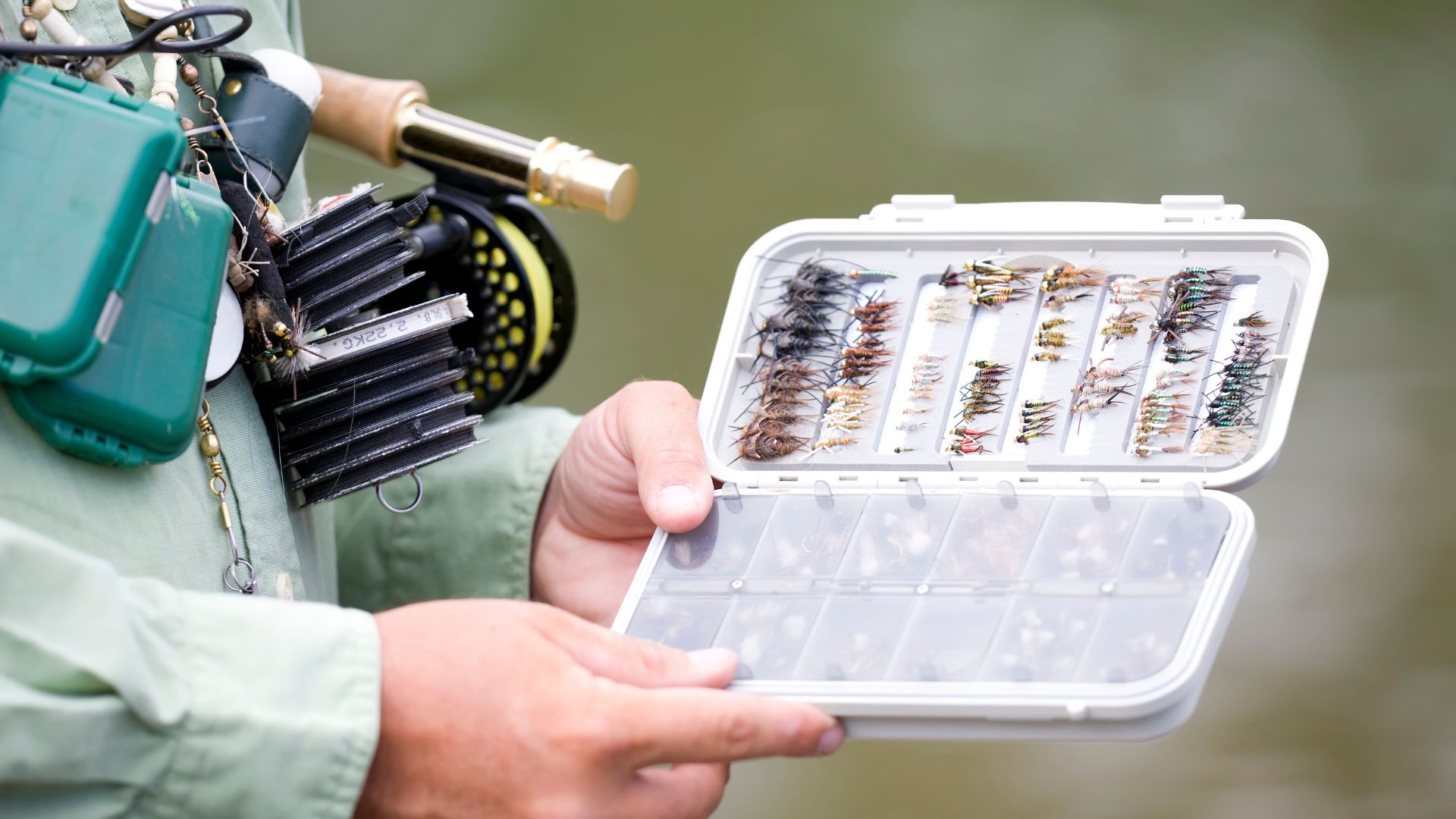Choosing the Right Fly Fishing Equipment

Selecting the proper equipment is integral to fly fishing success. Let’s review what equipment is necessary and ensure your new hobby starts off right!
Beginners will benefit greatly from starting off with a 9′ 5-weight rod. This mid-weight line weight will allow them to cast everything from large size 4 streamers all the way down to size 22 dry flies with ease.
Rod and Reel
As newcomers to fly fishing can quickly learn, there’s much to take in when starting out. From rod weights and flies to combos containing already spooled reels with line that matches the rod, there is much to keep up with when beginning this hobby. But one great way is buying a pre-matched rod and reel combo from your local fly shop, often known by this term.
Reel spools are marked with numbers that correspond with recommended pound-test line strength, making matching more granular. You can do this with any reel and rod combination; though it is most efficient when done at a tackle shop where you have hands-on access to equipment.
Fly Line
Fly lines are essential components of fly fishing, connecting your flies to your rod and transmitting power from rod to fly. Selecting the correct line can make a dramatic difference to your success as a fisher.
Your fly line’s code provides all of the information you need about its type and use. A string of letters and numbers, like WF-6-F, indicates it features weight forward taper with six weight rod capacity and floating characteristics.
Full Sink lines enable your flies to reach deeper waters, opening up an array of fishing opportunities. This type of line excels in fast-moving waters or deep pools within rivers.
Flies
Fly fishing uses artificial bait known as flies as their bait to lure target species fish. A fly is created by fastening hair, fur and feathers (or synthetic materials) onto a hook so as to resemble terrestrial or aquatic insects, bait-fish or any prey which appeals to its target fish species.
Fly patterns come in all kinds of variations to target specific fish in their habitat. Anglers frequently employ “match the hatch” tactics by selecting a fly designed to imitate an insect being eaten by the target fish at that moment in time.
As trout prefer feeding submerged, nymphing can often be the most efficient means of catching them. A strike indicator – an inflatable piece similar to a bobber that floats over the nymph and reacts against waterflow when struck – can assist when used nymphing for successful trout fishing.
Forceps
Selecting an appropriate pair of forceps requires careful research and trial. Smooth or fenestrated blade forceps may work best. Smooth-blade forceps feature parallel separated shanks with molded heads; while fenestrated forceps feature sliding locks with long backward-curving shanks for stabilization during delivery.
Fly line weight is another key consideration. This factor directly impacts what size flies you can fish; you wouldn’t bring a 2-weight to Jurassic Lake for instance; nor would it be necessary for tarpon fishing on Western tailwaters.
Possessing the appropriate line will allow you to fish more effectively when nymphing, and will allow for smoother casting in swift currents.
Fly Vest or Fly Pack
An investment in quality fly fishing vest or packs should be one of your primary concerns in gear acquisition. They serve as your headquarters on the stream for all of your rigging and tools necessary for successful fishing expeditions and should carry all that’s necessary for an entire day’s fishing adventures.
Traditional fly fishing vests feature individual pockets to store all of your gear, making it easy to quickly access tools and flies on the stream. Look for one with a large pocket on the back that can fit a rain jacket as well as one that features sleeves designed to carry nets.
Fishpond and Simms offer modular pack systems with rigging stations and water bladder compatibility that help bridge the gap between vests and modern backpacks.
